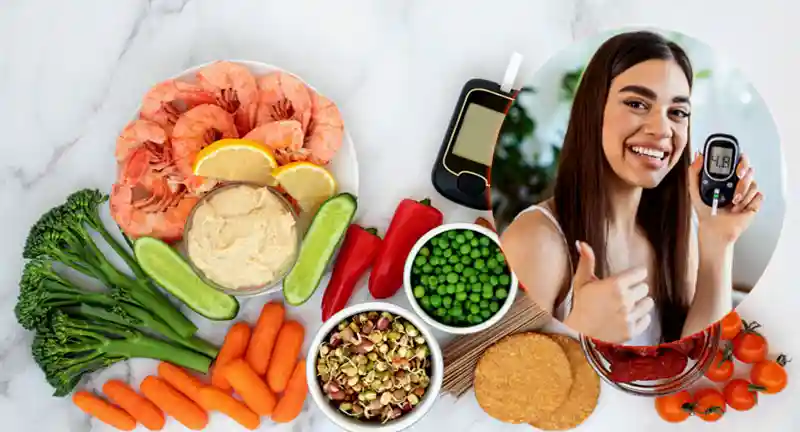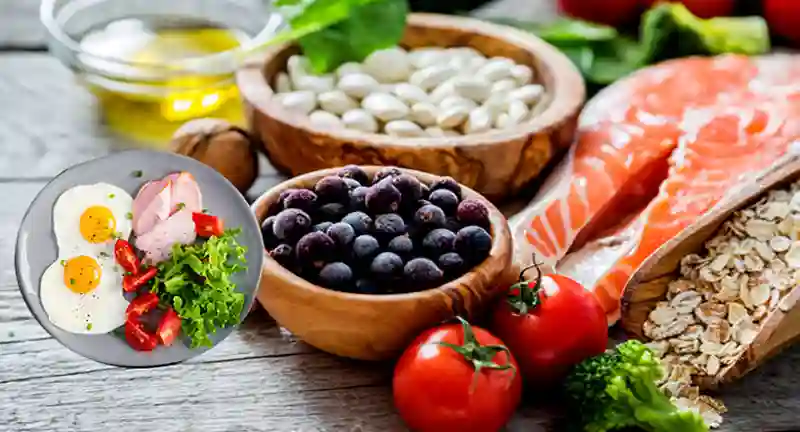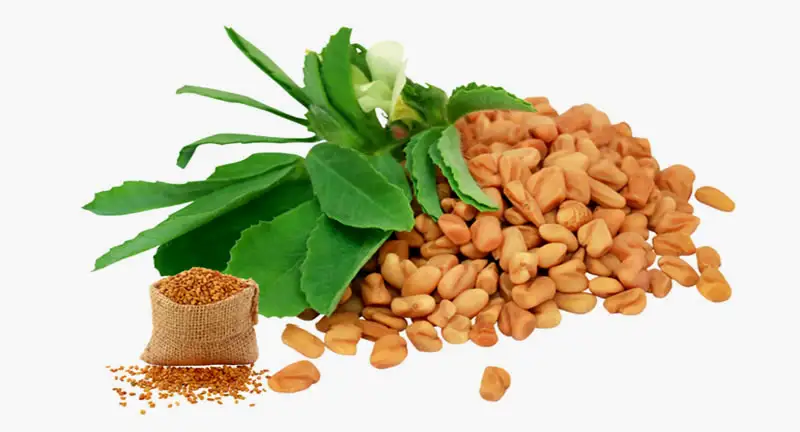Effective Remedies for Diabetes: Natural and Lifestyle Solutions

Effective Remedies for Diabetes: Comprehensive Guide
The Rise of Diabetes: A Modern Health Crisis
Diabetes was prevalent in 5 out of 100,000 people 50 years ago, but it has since skyrocketed to more than 5 out of 10 people today. Diabetes is a cultivation sickness, which means that all of the food we eat is agricultural products, and the entire agricultural group is released by applying fertilizers and pesticides, therefore this disease is the disease
Diabetes Statistics: A Growing Epidemic
physical work has become very less. Now we have gone to luxury life and due to excessive food intake this deficiency of diabetes mellitus has increased. Currently, 537 million people worldwide are affected by this disease, which is expected to increase to 783 million by 2045, which is 46 percent of the total population.
What is Diabetes and How Does It Affect the Body?
Diabetes occurs when blood sugar levels are too high due to insufficient insulin production or poor response to insulin. It affects people of all ages and is mostly chronic but manageable with medication and lifestyle changes. Glucose, derived from carbohydrates in food and drinks, is the body’s main energy source. Insulin helps glucose enter cells for energy.
Understanding Insulin and Glucose
When glucose enters your bloodstream, it requires assistance to reach its intended destination. The assistant is insulin. If your pancreas does not produce enough insulin or your body does not use it efficiently, glucose accumulates in your bloodstream, resulting in high blood sugar, known as hyperglycemia.
Types of Diabetes: Causes and Characteristics
There are several types of diabetes. The most common types are
Type 1 diabetes
Is an autoimmune condition in which your immune system targets and destroys insulin-producing cells in the pancreas for unexplained reasons.Up to ten percent of diabetics have Type 1. It is commonly diagnosed in children and young adults, but it can present at any age.
Type 2 diabetes
happens when the body fails to produce enough insulin or when cells do not respond correctly to insulin (insulin resistance). This is the most common type of diabetes. It is predominantly affecting adults, but children might develop it as well.
Gestational diabetes
is a type of diabetes that develops during pregnancy glucose. Gestational diabetes usually resolves after pregnancy. However, gestational diabetes raises your risk of developing Type 2 diabetes later in life.
Common Symptoms of Diabetes: Early Warning Signs
Diabetes symptoms differ according to how high your blood sugar is. Some patients, especially those with prediabetes, gestational diabetes, or type 2 diabetes, may not have symptoms. Type 1 diabetes symptoms begin quickly and become increasingly severe.
Increased thirst is a common symptom of both type 1 and 2 diabetes.
- Losing weight without effort
- Urinating frequently.
- Ketones in urine. When there is insufficient insulin, the breakdown of muscle and fat results in ketones.
- Experience irritability or mood swings.
- Feeling exhausted and weak.
- Experiencing many infections, skin, vaginal, including gum
- Experiencing blurred vision.
• Experiencing sluggish healing sores.
Long-term Effects of Diabetes: Potential Health Risks
Diabetes is a condition in which there is an excess of glucose (a type of sugar) in the blood. Over time, high blood glucose levels might injure the body’s organs. Long-term effects may include damage to major and minor (microvascular) blood vessels, which can lead to heart attacks, strokes, kidney problems, eye problems, gum disease, foot problems, and nerve disorders.
Lifestyle Changes to Manage and Reverse Diabetes
Let go of worry There are plenty of ways to ward off such a horrible disease
The name is sweet ‘sugar’(gulocose) the disease is cruel, Diabetes does not attack us immediately, we have more time to beat it. Even if you have diabetes and are taking medication, it can be reversed with lifestyle and diet alone.
Do good physical exercise and avoid carbohydrates and starchy foods in the diet. Eat more vegetables and eggs, greens, and fish that are high in Omega-3

Healthy Eating Habits for Diabetics
While eating food, we should chew for a long time and swallow after mixing well with saliva, then we will get the insulin required for our food. Also, we should not drink water often during meals. We should drink water after an hour after eating.
If we drink water during meals, the strength of the acid required for the digestion of our food will decrease, insulin is also not for this, so there is a possibility that the level of sugar in the blood will be high
Take food every time you are hungry, do not take alcohol to induce hunger, and do not smoke. And dinner should be taken during sunlight i.e. before seven o’clock
If you follow these consistently, there is no doubt that you will get your blood sugar under control in two months, the question is whether you will do it..
Natural Remedies for Diabetes: Herbal and Dietary Solutions
If you can’t, it’s okay. There are many herbal remedies for diabetics to keep their blood sugar levels right. Let’s have a look at them. Also, there are plenty of medicines available in the market for this disease, buy them and use them to improve your life

Sirukurinjan, (Gymnema Sylvestre, Sweet Killer)
In India, the herb Sirukurinjan is used to treat diabetes. If you put the Sirukurunjan leaf in your mouth and chew it after putting sugar in your mouth, it is a special herb that does not taste sweet. also has the name Sweet Kolli.(which means: glucose killer)
If it is a powder, take one spoon of powder, if it is a leaf, take five leaves and boil it in 100 ml water and drink it once it becomes 50 ml water.
You can drink it in the morning and the evening. After drinking it for 60 days, when you check your sugar level, it will be reduced by half. Accordingly, you can reduce the dose of your pill or insulin and gradually you can get rid of the diabetes disease.

Scarlet Gourds: Benefits and Usage
Next, gourd, this gourd is rich in copper, which can provide immunity to the body. 5 Gourds should be bought fresh and don’t keep in the bridge. Chop them into small pieces and put them in 200 ml of water. Do not add salt. Boil it. Once it reaches 100 ml, cool it and drink it.
Do not drink it normally, taste it a little and mix it with saliva. Drink it in the morning and evening. If not possible, drink it only at night before meals. You can drink it three days a week. It may help reduce your blood sugar levels.

Fenugreek Seeds: How They Help Control Blood Sugar
Buy a 250 kilo of fenugreek, roast it lightly, grind it, and keep it in a container. Take one spoonful of this fenugreek powder mixed with 50ml of water before breakfast and dinner. Drinking this fenugreek lowers our blood level and helps reduce cholesterol also. Do it and get benefited
This post contains affiliate links. If you purchase through these links, we may earn a small commission at no extra cost to you.







